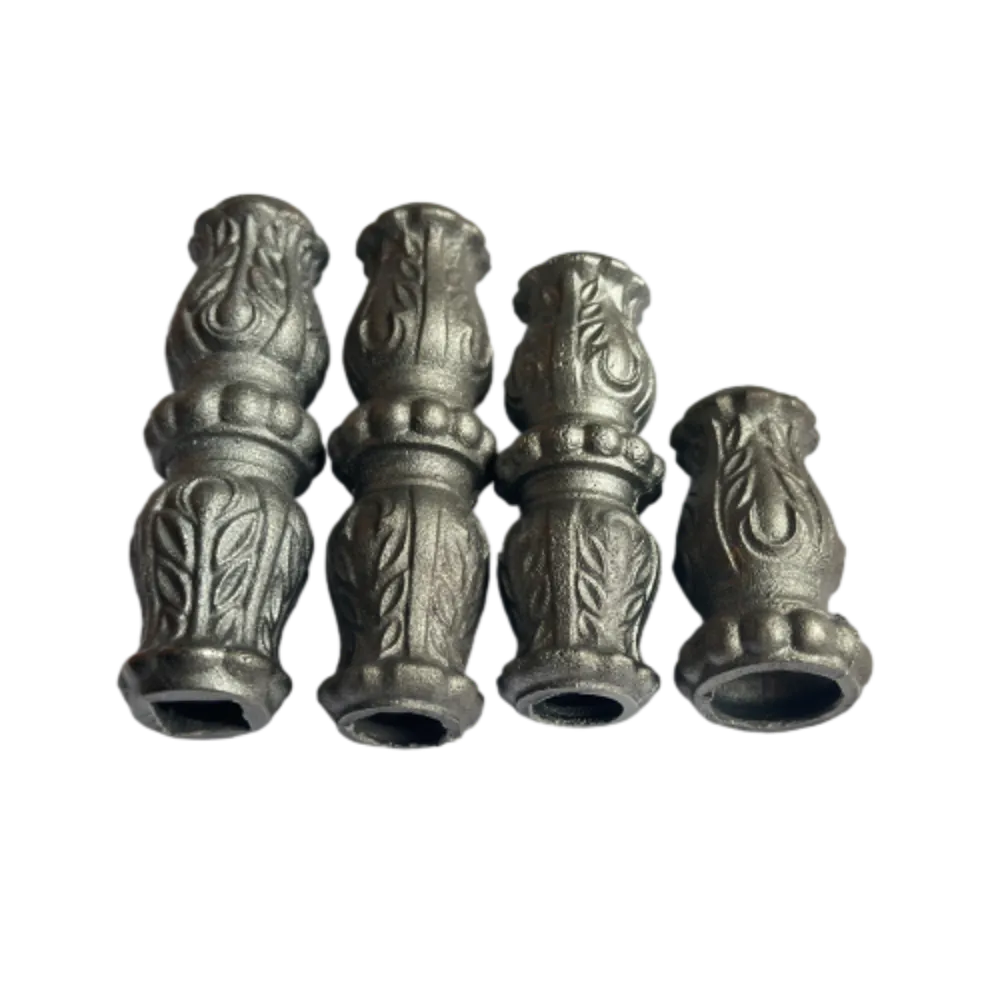Tips for Fixing and Maintaining Sliding Screen Door Rollers for Smooth Operation
Repairing Sliding Screen Door Rollers A Step-by-Step Guide
Sliding screen doors are a convenient addition to any home, allowing fresh air and natural light to flow in while keeping bugs and debris out. However, like any other part of your home, screen doors can experience wear and tear over time. One common issue homeowners face is problems with the sliding door rollers. When your sliding screen door becomes difficult to open or close, it may be time to repair or replace the rollers. This article will guide you through the process of repairing sliding screen door rollers effectively.
Understanding the Problem
Before diving into repairs, it’s essential to understand how sliding screen door rollers work. The rollers are small wheels located at the bottom of the door that support the door's weight and allow it to slide smoothly along the track. If the rollers become damaged, misaligned, or clogged with dirt and debris, your screen door will struggle to operate properly.
Tools and Materials Needed
To repair your sliding screen door rollers, you will need a few basic tools and materials - Screwdriver (flat-head and Phillips) - Pliers - Replacement rollers (if necessary) - Clean cloth - Lubricant (such as WD-40 or silicone spray) - Vacuum cleaner or brush (for cleaning)
Step-by-Step Repair Process
Step 1 Remove the Screen Door
Start by removing the sliding screen door from its track. To do this, lift the door upwards, then pull the bottom towards you. You may need to tilt it at an angle to disengage it from the track fully. Be cautious, as the door can be heavy or awkward to handle.
Step 2 Inspect the Rollers
Once the door is removed, inspect the rollers closely. Look for signs of wear, damage, or misalignment. If you notice cracks, chips, or a significant amount of rust, it’s likely that you’ll need to replace the rollers.
repairing sliding screen door rollers

Step 3 Clean the Rollers and Track
Use a clean cloth or vacuum cleaner to remove dirt, debris, and dust from both the rollers and the track. If the rollers are still functioning but dirty, cleaning them may be sufficient to improve their performance. A thorough cleaning can significantly enhance the door's operation.
Step 4 Lubricate the Rollers
Apply a lubricant to the rollers and the track. This will help the rollers glide smoothly when the door is reattached. Avoid over-lubricating, as this can attract dust and debris, leading to future problems.
Step 5 Replace the Rollers (if necessary)
If the rollers are damaged beyond repair, you’ll need to replace them. Remove the old rollers by unscrewing them from the door frame. Install the new rollers by aligning them properly and securing them with screws. Make sure they are tightly fastened but not overly tightened, as this can impair their functionality.
Step 6 Reinstall the Screen Door
With the rollers cleaned and lubricated (or replaced), it’s time to reinstall the screen door. Place the top part of the door into the upper track and then tilt the bottom of the door into place. Ensure that the door slides smoothly along the track before securing it in position.
Conclusion
Repairing sliding screen door rollers can be a straightforward DIY project, saving you time and money. Regular maintenance, such as cleaning and lubrication, can extend the lifespan of your sliding screen door. If issues persist after your repair efforts, consider consulting a professional to assess the situation further. With proper care, your sliding screen door will continue to serve you well, providing a seamless connection between your indoor and outdoor spaces.
-
Wrought Iron Components: Timeless Elegance and Structural StrengthNewsJul.28,2025
-
Window Hardware Essentials: Rollers, Handles, and Locking SolutionsNewsJul.28,2025
-
Small Agricultural Processing Machines: Corn Threshers, Cassava Chippers, Grain Peelers & Chaff CuttersNewsJul.28,2025
-
Sliding Rollers: Smooth, Silent, and Built to LastNewsJul.28,2025
-
Cast Iron Stoves: Timeless Heating with Modern EfficiencyNewsJul.28,2025
-
Cast Iron Pipe and Fitting: Durable, Fire-Resistant Solutions for Plumbing and DrainageNewsJul.28,2025
-
 Wrought Iron Components: Timeless Elegance and Structural StrengthJul-28-2025Wrought Iron Components: Timeless Elegance and Structural Strength
Wrought Iron Components: Timeless Elegance and Structural StrengthJul-28-2025Wrought Iron Components: Timeless Elegance and Structural Strength -
 Window Hardware Essentials: Rollers, Handles, and Locking SolutionsJul-28-2025Window Hardware Essentials: Rollers, Handles, and Locking Solutions
Window Hardware Essentials: Rollers, Handles, and Locking SolutionsJul-28-2025Window Hardware Essentials: Rollers, Handles, and Locking Solutions -
 Small Agricultural Processing Machines: Corn Threshers, Cassava Chippers, Grain Peelers & Chaff CuttersJul-28-2025Small Agricultural Processing Machines: Corn Threshers, Cassava Chippers, Grain Peelers & Chaff Cutters
Small Agricultural Processing Machines: Corn Threshers, Cassava Chippers, Grain Peelers & Chaff CuttersJul-28-2025Small Agricultural Processing Machines: Corn Threshers, Cassava Chippers, Grain Peelers & Chaff Cutters












